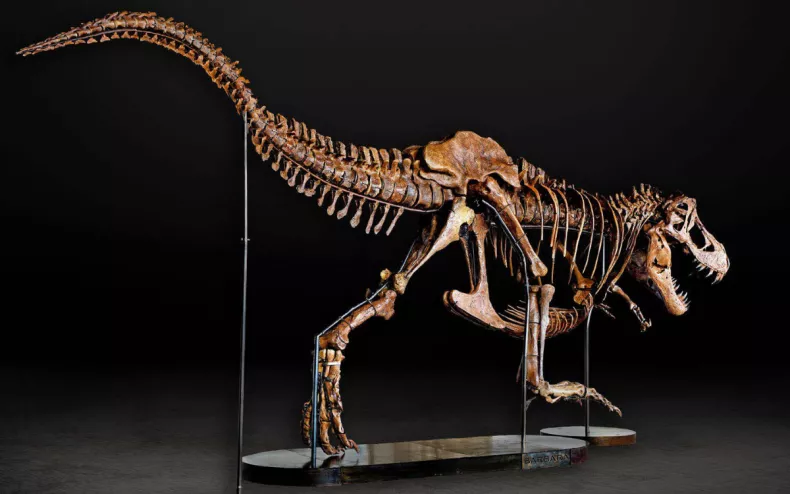What are the five types of fossilization?

The various types of fossils we find on our planet represent a very important tool for the study of life on Earth. The forms of animals, bacteria and plants preserved for millions of years serve as a snapshot of times when man would never have dreamed of living here.
Today it is almost impossible to think about prehistoric research without the help of fossils. But not all fossils are born the same. The fossilization of an organism is a very complicated process that involves several phases.
Generally the process begins when an organism dies and its remains are buried. But it is also possible to study the evolutionary history of the earth based on other traces left by these living beings, such as waste, eggs or footprints.
After the individual has been buried, it is possible that, depending on the materials present in the soil, the decomposition process will be slowed. Hard parts such as teeth and bones can undergo a process called fossilization . In it the mineral substances accumulate and crystallize on the hard parts of the individual.
Another fairly common type of fossilization of hard parts is . In this case, unlike encrustations, the minerals penetrate the bones and pores of the individual, solidifying them over time. Unlike superficial encrustations, permineralization relies on the deep impregnation of minerals into organic material, allowing for more detailed and long-lasting preservation. This process is very important in the conservation of organisms, as it offers a better preserved view of the anatomy of fossils.

Already the , a distinct process, involves the formation of a layer of carbon that is resistant to decomposition. This carbon, in fact, replaces the volatile elements of matter, which could decompose more quickly.
It is quite rare for the soft parts of organisms, such as leaves, organs or similar structures (in the case of corals and fungi), to fossilize. Fossilization requires a drastic reduction in the patterns of decomposition of matter. The soft parts of organisms are normally those with the highest calorie content, which seems quite appetizing to the bacteria and microorganisms that decompose organic matter. However, in some specific circumstances, this preservation may occur.
Some types of fossilization occur only in frozen regions, such as the Siberian permafrost. In these places the discovery of frozen fossils has become quite common due to the melting of these surfaces.
So, the It is one of the ways to preserve the soft matter of fossilized bodies. When subjected to very low temperatures, the metabolisms of several organisms undergo a reduction in speed, usually many of them simply stop, thus reducing the diffusion of these individuals on organic matter, ensuring their conservation.

TO dehydration of organisms occurs, another type of fossilization that can favor the preservation of soft parts.
It is important to remember that not all organisms will become fossils, in the case of mummies, many of them have undergone artificial processes such as embalming to be preserved. In the case of mineralized fossils, these processes were completely random and accidental. Luckily for us, one day, a long time ago, a very important organism was buried, without ever knowing that, millions of years later, it would tell us the story of life on Earth.
The post What are the five types of fossilization? appeared first on Olhar Digital.
Source: Olhar Digital
Leave a Reply